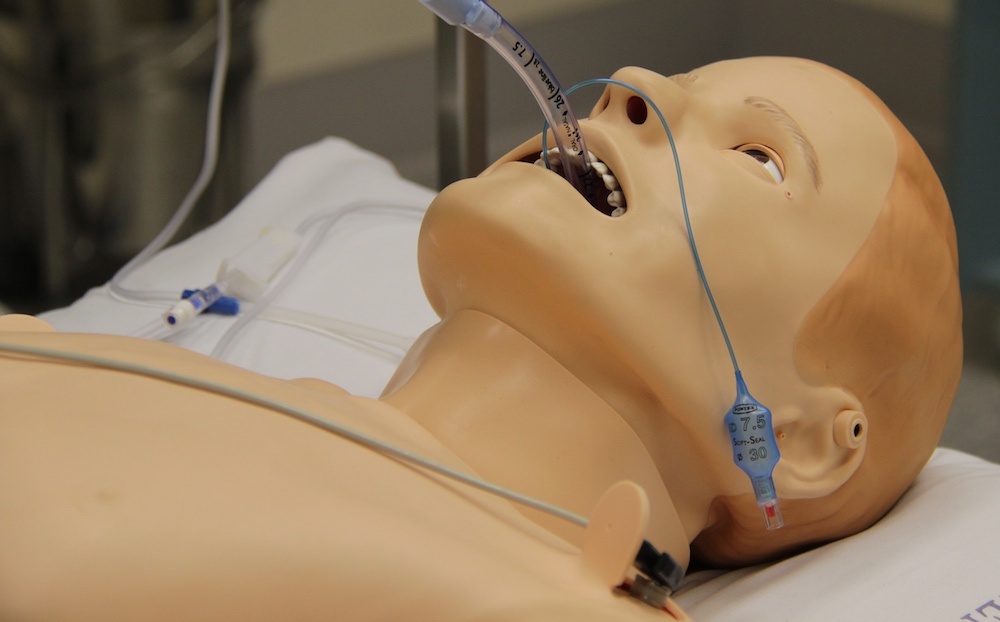Manikins, often referred to as mannequins or dummies, are versatile tools used across various fields, including healthcare, fashion, and safety training. These lifelike or abstract figures serve crucial functions in training, education, and display. This article explores the different types of manikins, their applications, and their significance in various industries.
What is a Manikin?
A manikin is a life-sized model or replica of the human body used for a variety of purposes. Unlike a mannequin, which is typically a static display figure used in retail environments, a manikin is often designed for more interactive and functional uses. Manikins can range from simple representations of the human form to highly detailed models equipped with advanced technology.
Types of Manikins
- Medical and Healthcare Manikins
- Clinical Training Manikins: These are sophisticated models used in medical and nursing education. They can simulate a wide range of medical conditions and physiological responses, allowing students to practice procedures such as CPR, incubation, and wound care. Some advanced clinical manikins have programmable features that mimic symptoms like breathing, heartbeat, and even giving birth.
- Anatomical Manikins: Used in anatomy and biology education, these manikins are designed to provide a detailed view of the human body’s internal structures. They are often used in educational settings to teach about organ placement, skeletal structure, and muscle anatomy.
- Fashion Manikins
- Display Manikins: In the fashion industry, manikins are used to showcase clothing and accessories. These are typically designed to replicate human proportions and postures to give customers a realistic view of how garments will look when worn. They come in various forms, including full-body, half-body, and abstract shapes.
- Tailoring Manikins: Tailoring or dressmaker’s manikins are adjustable models used by fashion designers and seamstresses to fit and alter clothing. These manikins often come with adjustable features to mimic different body shapes and sizes.
- Safety Training Manikins
- Fire Safety Manikins: These are used in fire safety training to simulate various emergency scenarios. They can be equipped with features that help train individuals in fire rescue techniques, such as carrying and extricating a person from a hazardous environment.
- First Aid Manikins: These are used for training in first aid and emergency response. They are designed to teach skills such as bandaging wounds, performing chest compression, and administering artificial respiration.
- Automotive Manikins
- Crash Test Dummies: In automotive safety testing, crash test dummies are used to simulate human responses in vehicle collisions. These manikins are equipped with sensors that measure the impact forces experienced by the body during a crash, providing valuable data for improving vehicle safety designs.
Applications of Manikins
- Medical Training and Simulation Manikins play a critical role in medical education and training. They offer a safe and controlled environment for learners to practice procedures, enhance their skills, and build confidence. High-fidelity manikins with realistic physiological responses help students and healthcare professionals prepare for real-life medical emergencies and complex scenarios.
- Fashion and Retail In the fashion industry, manikins are indispensable for visual merchandising and design. They help designers and retailers display their products in a way that highlights their fit, style, and functionality. Manikins enable customers to visualize how clothes will look on a human form, which can influence purchasing decisions.
- Safety Training Manikins used in safety training programs are essential for preparing individuals for emergency situations. By practicing with realistic models, participants can learn and refine their skills in a controlled setting, which can enhance their effectiveness in real-life emergencies. This type of training is crucial for professionals such as firefighters, paramedics, and first res ponders.
- Education and Research In educational settings, anatomical manikins are valuable tools for teaching anatomy and biology. They provide students with a hands-on learning experience, allowing them to explore the human body’s structure and function in a tangible way. Researchers also use manikins to study human bio mechanics and improve safety equipment design.
The Evolution of Manikins
Manikins have evolved significantly over the years, with advancements in technology leading to more sophisticated models. Modern manikins often incorporate features such as:
- Sensors and Feedback Systems: Advanced manikins are equipped with sensors that provide real-time feedback during training. For example, in medical simulations, sensors can monitor the effectiveness of CPR compression and adjust the difficulty level based on the trainee’s performance.
- Interactive Features: Some manikins are designed to interact with users through voice commands or visual displays. These interactive features enhance the realism of simulations and provide immediate feedback, which is especially useful in educational and training settings.
- Customization and Adaptability: Manikins can now be customized to represent different body types, ages, and medical conditions. This adaptability allows users to simulate a wide range of scenarios and better prepare for diverse situations.
Conclusion
Manikins are essential tools across various fields, offering invaluable support in training, education, and retail. Whether used for medical simulations, fashion displays, safety training, or anatomical education, manikins play a crucial role in enhancing learning and improving outcomes. As technology continues to advance, manikins are likely to become even more sophisticated, further expanding their applications and benefits. Through their diverse uses and ongoing evolution, manikins remain a vital component in shaping our understanding and preparation for the world around us.
